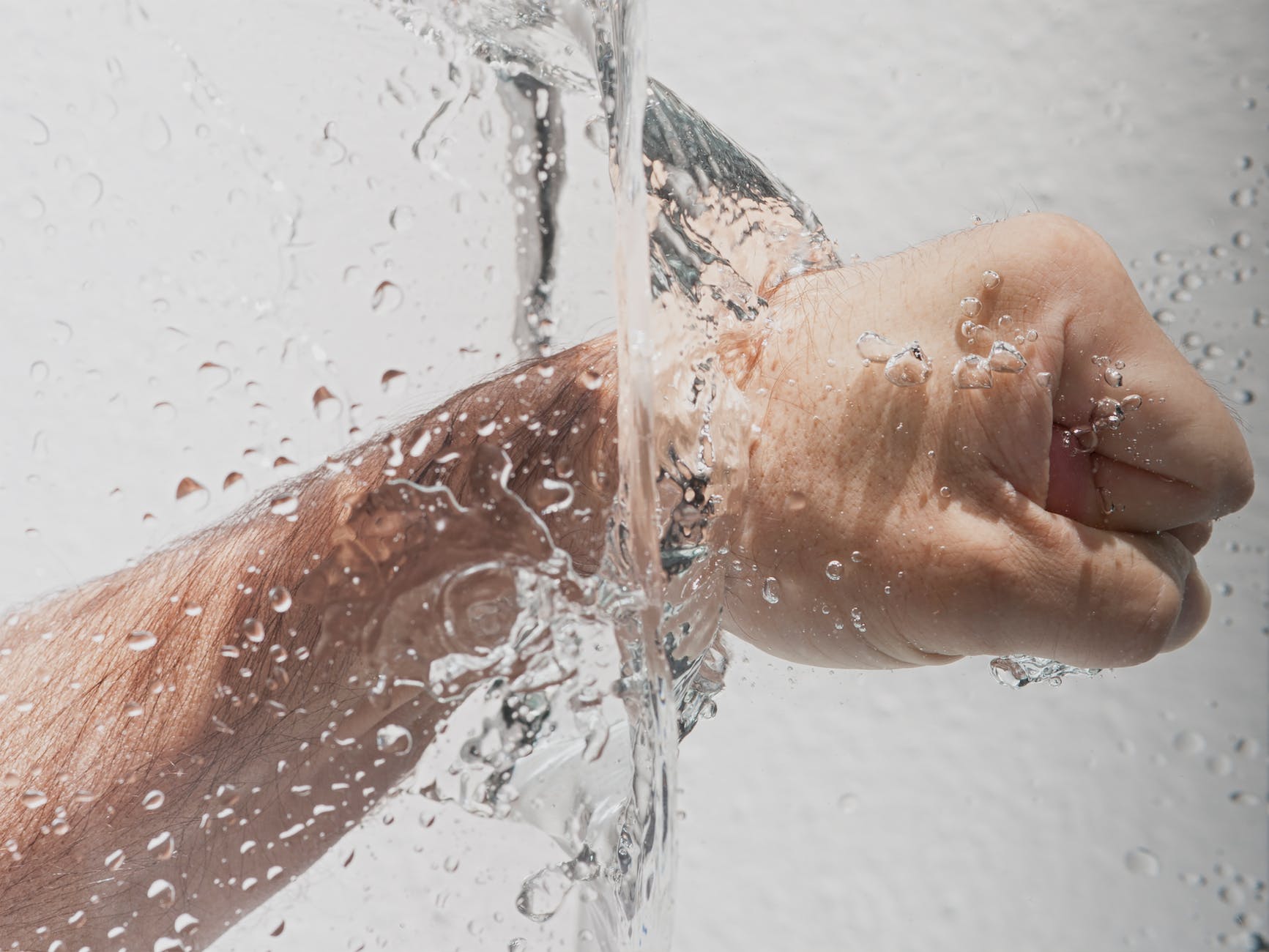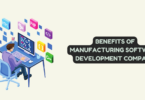
Most Important Tech Innovations in Cleaning, Hygiene, and Sanitation
The Centers for Disease Control and Prevention (CDC) strongly recommends regular cleaning and disinfection of surfaces to avoid the spread of diseases and illnesses. Although cleaning is a time consuming chore, there are several ways to cut down its duration and improve efficiency. In addition to consistent dusting habits, advances and innovations in tech make it possible to enhance cleaning and sanitation of homes, schools, businesses, and other institutions.
Collaborative Robotics and Drone Cleaning
One of the major developments in cleaning is the deployment of robotics. Collaborative robots (Cobots) can work alongside humans to clean spaces. Rosiwit, a leading provider of cleaning cobotics announced that it will offer its lineup of intelligent machines in Europe to help clean private or commercial areas and indoor or outdoor spaces. Robotics involves the use of autonomous and semi-autonomous machines equipped with sensors to perform various cleaning tasks. These robots can navigate through spaces, detect dirt, and clean efficiently without human assistance. For example, janitorial services offered by companies can become more efficient with the use of robotics. Robotic vacuum cleaners are already familiar staples in homes autonomously navigating floors and carpets to suck up dirt, dust, and debris. Advanced models can even mop floors with minimum assistance from owners. In industrial and commercial cleaning Philadelphia companies use robotic floor scrubbers to vacuum, mop, and remove stains and dirt. There are also window robot cleaners that perform automated cleaning without letting cleaners work at heights. In short, robotic cleaning improves efficiency, reduces labor costs, and achieves consistent cleaning performance as well as offers the ability to work in hazardous or hard-to-reach areas.
Drone cleaning is another promising development. It involves the use of unmanned aerial vehicles (UAVs) or drones to perform cleaning tasks in different environments. Drones fitted with cleaning tools can access difficult-to-reach areas and scrub surfaces effectively. Drone cleaning has several applications such as washing of high-rise building facades which are otherwise challenging for traditional cleaning methods. Solar panels on rooftops may also be cleaned by drones for optimal energy generation without posing safety risks for cleaners. In addition, drones equipped with specialized cleaning tools can clean large industrial equipment such as wind turbines, storage tanks, and cooling towers safely and effectively.
Innovative Disinfection Methods
Effective disinfection methods have become increasingly important especially in the light of the recent pandemic crisis. One sterilization method is the ultraviolet-C (UV-C) disinfection. The light has powerful germicidal properties and can be installed in lamps, wands, and robots to sanitize surfaces and air in high traffic areas. Recently, Shimadzu Corporation teamed up with US company Shyld to combine artificial intelligence (AI) and enhanced UV-C disinfection technology. The tech is installed at Stanford Medical Centre in California that will automatically spot risks in real time and use the UV light to destroy pathogens on multiple surfaces.
Another way to decontaminate surfaces is to use electrostatic sprayers while fogging and mist systems release a fine mist of disinfectant into the air to clean surfaces. For effective sterilization in healthcare settings, the plasma-based sterilization generates ionized gas to get rid of pathogens on surfaces and medical instruments. Likewise, hydrogen peroxide vaporization is employed to disinfect a room using vaporization in a closed space.
Significant improvements in cleaning and sanitation enhance the efficiency and effectiveness of the chore. Robotics and disinfection tech combined with AI make it easier to clean and sanitize surfaces.






